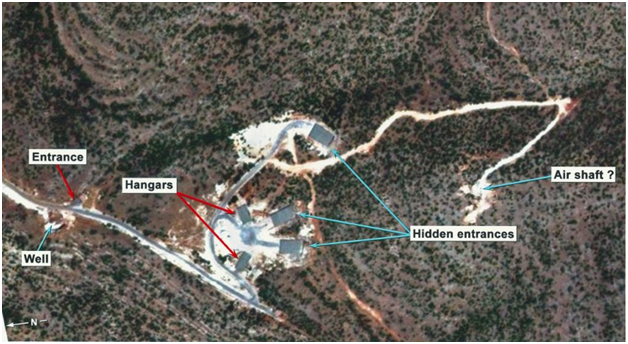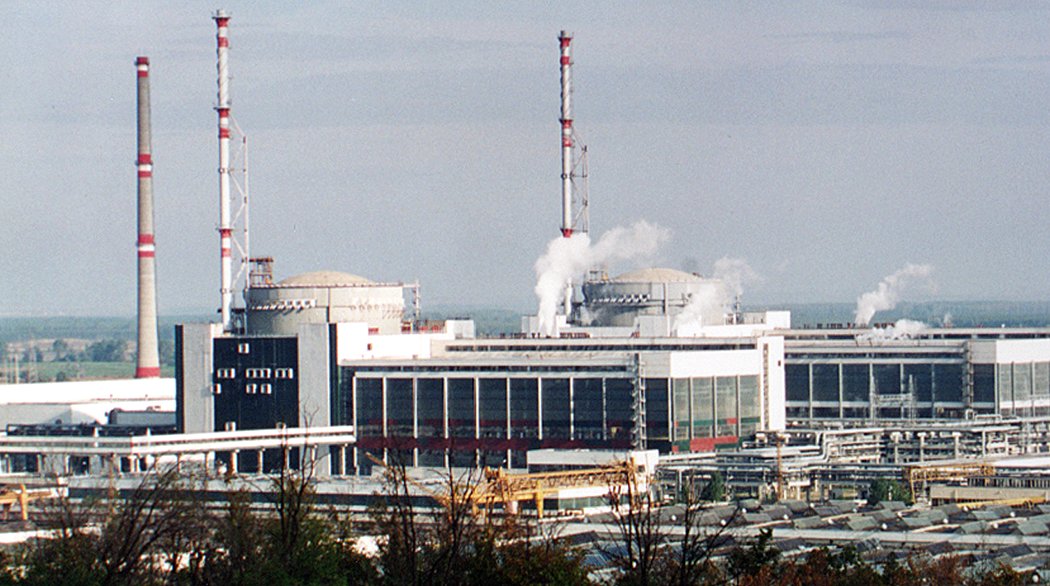In September of 2007, Israeli jets bombed an unidentified target in Syrian desert about twenty miles from Deir el-Zor. The Syrians said that some Israeli jets invaded Syrian airspace and were forced to leave after dropping some munitions on in the desert. They claimed that the munitions caused no damage or injury. The Israelis said that their jets never went into Syria at all on the day in question. The two countries have technically been at war since the Jewish state was founded in 1948 but they cooperated in covering up the Israeli military action against Syria.
It is now thought that Syria was trying to build a nuclear weapon at a hidden base called Kibar in the desert and the Israeli jets destroyed the secret base on their bombing raid. Eventually, Syria, a signatory of the international nuclear non-proliferation treaty, allowed inspectors from the International Atomic Energy Agency to enter the ruins of Kibar. Although the Syrians had tried to remove all traces of nuclear activity from Kibar, uranium particles were found at the site.
Der Spiegel, a German news magazine, has just published an article claiming that Syria has a secret nuclear research installation near the Lebanese border. The article referred to a report from the IAEA about the site. In the report, the IAEA said that they thought that Syria had a uranium stockpile that could be enriched to create at least five nuclear bombs. Western intelligence agencies have said that Syria is continuing work on nuclear weapons in a secret underground facility. There are supposed to be eight thousand nuclear fuel rods at the hidden facility and a working nuclear reactor. This base is supposed to be just west of the city of Qusayr less than a mile from the Lebanese border.
Satellite imagery shows that heavy construction and digging is taking place near Qusayr even though the Syrians have been trying to hide their activity. During the current civil war, there was intense fighting in the Qusayr area but Syrian forces repelled the rebels. The site is connected to the national power grid and has a deep well. Intercepted radio messages in Syria mentioned an “atomic factory” at Qusayr. The project is apparently referred to as “Zamzam”, the name of a well that legend says was created by God to slake the thirst of the wife and daughter of Abraham in Mecca.
Syria denies that they are involved in nuclear research at Qusayr but that is to be expected regardless of whether or not they are actually working on a nuclear device there. The fact that their sworn enemy Israel has a nuclear arsenal would be an incentive for Syria to develop their own nuclear weapons. A lot of attention has been focused on Iran because many believe they are working on developing nuclear weapons. Perhaps more attention should be directed at Syria. The situation there is especially troubling because of the civil war. If the Syrian government were to fall and the Qusayr site occupied by ISIS, then the radical Islamists might acquire nuclear weapons. Even if they did not find a nuclear bomb at Zamzam, a cache of enriched uranium would allow them to build dirty bombs.
Satellite image of Zamzam nuclear facility near Syria’s border with Lebanon:






